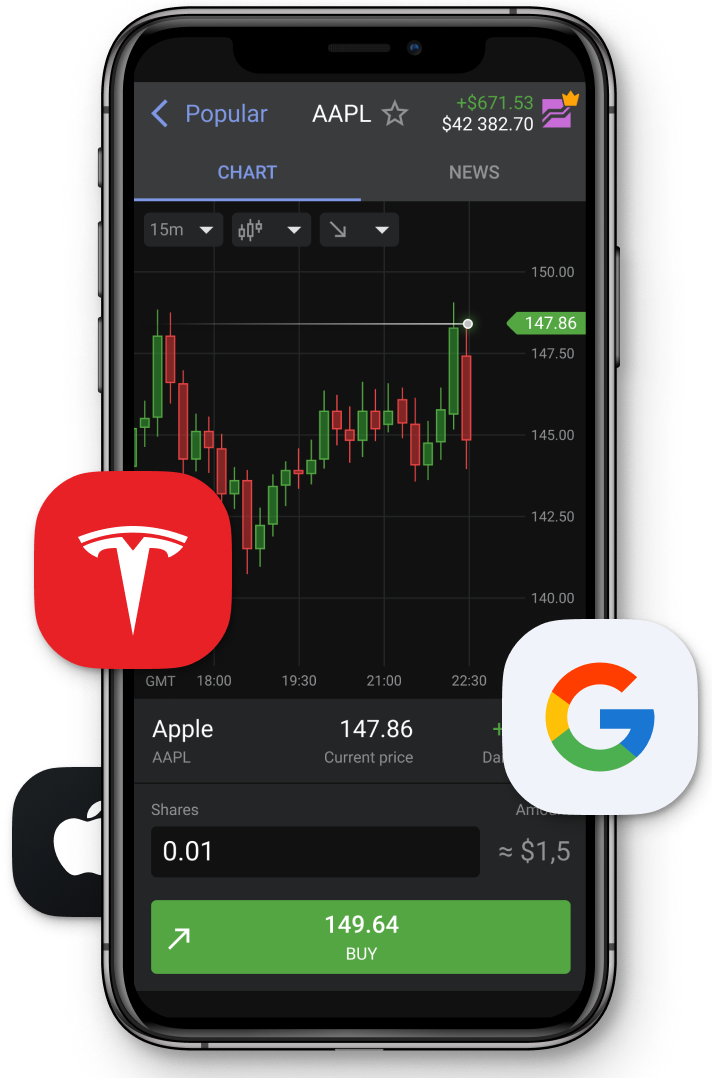Stocks have been on a seemingly unstoppable ascent following a deep correction provoked by President Trump's tariff tirade back in April. Despite ongoing trade and geopolitical uncertainty, which has been a hallmark of the Trump presidency so far, US stocks have fared exceptionally well in Q2 and Q3 of this year. The flagship S&P 500 and Nasdaq 100 indices are up an average of 30-40% from their post-"Liberation Day" lows. As of 26 August, they were standing at $6,440.17 and $23,457.23, respectively. And this despite a slower-than-expected monetary policy pivot from the US Federal Reserve, another pain point for the president, who is more than making his feelings known.
But with the Fed's Jackson Hole symposium providing some positive insights about the possibility of a more dovish approach from the regulator, there is cause for optimism among equities investors. However, Fed Chair Jerome Powell's address also highlighted key economic risks such as a stagnating job market and accelerating inflation, which could also work to depress stocks. In this article, we'll look at these factors and more as we attempt to plot stocks' potential course in Q4 2025 and beyond.
Trump vs Powell
Ever since taking office, Trump has made his disdain for the Fed and its chair, Jerome Powell, abundantly clear. Having called for rate cuts multiple times over the course of the past six months, it appears as if Powell is finally ready to acquiesce. However, as he said in his speech at the Jackson Hole symposium last week, the central bank is considering an imminent softening not because of Trump's pressure but rather in response to the worrying increase in core inflation and the stagnant job market. The core PCE price index, which is the Federal Reserve's most trusted inflation gauge, is tipped to rise 2.9% year over year from 2.8% the previous month, according to economists polled by Dow Jones.
The CPI and jobs data have not yet been released, but it is expected to show a similar story as companies pass Trump's tariffs on to consumers and seek to reduce costs through redundancies and/or reduced hiring. The CME's FedWatch tool now predicts the likelihood of at least a 25 bps rate cut at the regulator's 17 September meeting to be 87%. But far from being satisfied, Trump has gone on the offensive once again against the US regulator, threatening to fire Fed governor Lisa Cook for allegedly making false statements on mortgage agreements. Despite not officially having the authority to remove Cook, the renewed tensions could spook markets in the short term. However, further out, the removal of the hawkish Powell loyalist Cook would allow Trump to nominate a candidate more in line with his economic agenda, which would likely help buoy equities.
Macroeconomic concerns
As we touched upon above, inflation and labour market data are starting to be a cause for concern. A report from the US Labor Department's Bureau of Labor Statistics back on 14 August showed that the Producer Price Index had increased 0.9% month over month in July, which was significantly above economists' expectations. Meanwhile, the Fed's preferred barometer, the personal consumption expenditures price index excluding food and energy, which is due to come out on Friday, 29 August, is set to show a 2.9% increase in July for a second consecutive 0.3% monthly gain.
Also this week, on Thursday, 28 August, the US will release its revised second-quarter gross domestic product data, with the report forecast to show personal consumption up to a moderate pace after a sluggish start to 2025. This means that higher prices are not deterring consumers from spending, which should, in theory, be positive for companies that produce and sell them goods and services. Yet, the labour market remains a potential thorn in the side of the stock market bulls. US employers added just 73,000 jobs in July, despite analysts expecting 115,000. To make matters worse, revisions by the Bureau of Labor Statistics to its May and June figures reduced previous estimates by a total of 258,000 jobs, while the unemployment rate rose to 4.2% from 4.1%. All eyes will now be on this month's data when it comes out on 5 September, as a healthy equities market depends not only on lower rates but also on a secure and remunerated investor class.
Trade stocks and more CFDs with Libertex
With Libertex, you can trade CFDs in a wide variety of instruments, including stocks, indices, and ETFs, all the way through to metals, energy, and even crypto. Choose from major indices like the S&P 500, Nasdaq 100 or Dow Jones Industrial Average, as well as a range of individual stocks from across the US stock market and beyond. For more information or to create an account of your own, visit www.libertex.org/signup today!






